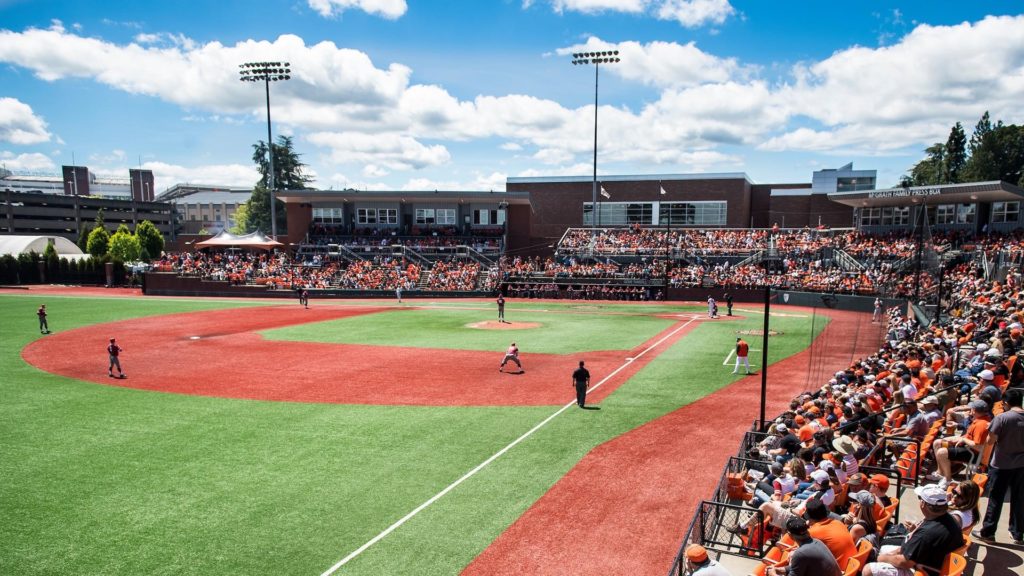
While the East Coast may have more well-known traditions and legacy with baseball, the West Coast – and in particular, the Pacific Northwest – has its own rich history with the sport, with stories and franchises overlapping one another to create a fascinating patchwork of baseball lore.
We covered Washington extensively in Part 1 of our Pacific Pastime series, as the Evergreen State has plenty of ballparks to see and some of the best baseball tales west of the Mississippi. To limit the scope to just Washington, however, does a grave disservice to the other baseball cultures in the area. Oregon has its own summer collegiate teams to see – including their own “Evil Empire” – and a rich history with the minor leagues. There’s also amazing stories of international collaboration, and, way, way North, a game played at midnight… without any stadium lights.
Interested? Welcome back to the Pacific Northwest, where the air is crisp and clean, the mountains stretch far and high, and the summers are filled with the crack of the bat. Let’s head to Oregon.
Baseball in the Beaver State
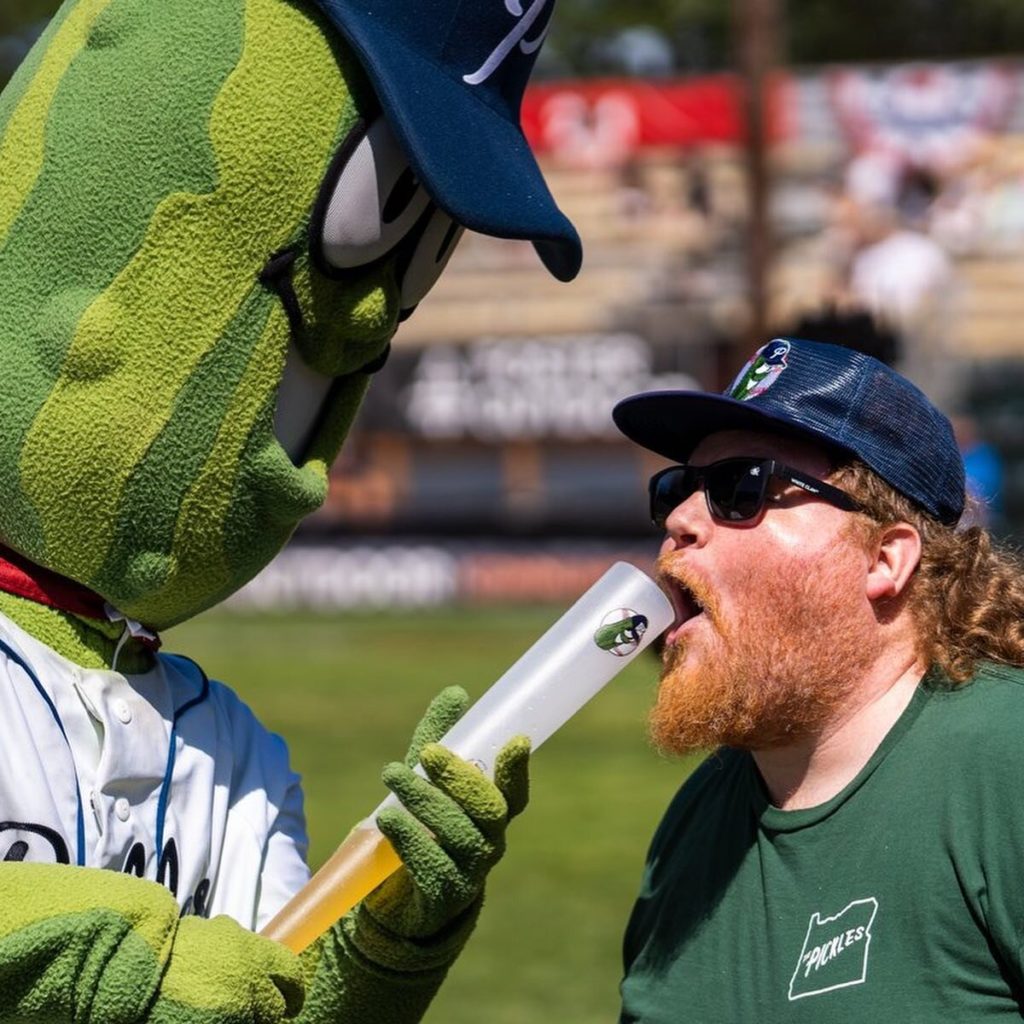
While Oregon may not have the major league presence that its neighbors Washington and California have, there are still plenty of diamonds to see. Like Washington, Oregon divides itself into two parts: the Eastern wilderness, featuring the Wallowa-Whitman and Umatilla National Forests to the north and arid desert plains to the south, and the Western infrastructure, where most of Oregon’s population resides.
As a result, it may make sense to travel along the western Interstate 5 from Seattle down to the Beaver State’s baseball stadiums. Almost immediately after crossing the Northern border, one finds themselves in Portland, one of the country’s most unique and quirky cities. Portland features two primary teams: the Hillsboro Hops in MLB’s minor leagues, and the Portland Pickles in the West Coast League, the region’s collegiate summer league.
The Hops – the High-A affiliate of the Arizona Diamondbacks – are one of the minors’ newest teams, but have been embraced since their introduction in 2013. Portland had previously been home to the Portland Beavers, a Triple-A squad which had been in the area since 1903 that had played host to players like Tommy John, Satchel Paige, and Jim Thorpe.
Following their departure in 2010, the nearby suburb of Hillsboro put together funds to bring another team to the region, with the brand-new Ron Tonkin Field playing host. Featuring a covered grandstand and a picnic area behind the outfield fence, it’s a perfect way to spend a summer evening. The Hops, named for Oregon’s prolific production of the hop crop used in beer brewing, of course feature an abundance of local brews at the ballpark.
Two years after the Hops were introduced, another team made its way to the region: the Portland Pickles. While they are a young organization, they have already made national headlines for their unique marketing approach, featuring their very quirky mascot. Further, their stadium – Lents Park at Walker Stadium – is a piece of Pacific paradise, enclosing an outfield picnic area with evergreen trees aplenty.
Senators, Volcanos, and Knights – Oh My!

The next stop on I-5 is Salem, Oregon’s capital and a city with its own rich history of minor league baseball. The Salem Senators served as the region’s top squad for nearly 50 years and saw plenty of future major league talent stop in while serving the Los Angeles Dodgers, including Hall-of-Famers Bobby Cox and Mike Piazza.
After the Senators departed in 1989, the Salem-Keizer Volcanoes were introduced as a High-A affiliate of the San Francisco Giants in 1997. Following the reorganization of the minor leagues in 2020, however, the Volcanoes were ousted from Class A, and the future of Salem baseball looked to be in jeopardy.
Looking to keep the team afloat, Volcanoes CEO Mickey Walker acted quickly and helped found a unique, COVID-friendly “bubble” concept: the Maverick Independent Baseball League, a four-team league playing all of its games in one stadium. The teams involved are the Volcanoes, a reincarnation of the Senators, the Campesinos – Spanish for farmers, a nod to the agriculture institution that surrounds Salem – and the Portland Mavericks, all taking names from previous teams that called the area home. The league has thrived throughout its first two seasons, and will return for a third season in 2023, with each team playing 48 games; for nearly two months, Volcanoes Stadium hosts a game every single day, making it quite the hot spot for baseball lovers visiting the area.
Further South on I-5 comes the city of Corvallis, home of the NCAA powerhouse Oregon State Beavers and perhaps the best summer-ball team west of the Mississippi: the Corvallis Knights. Considered the “Evil Empire,” the Knights have won six consecutive West Coast League titles, thanks in part to heavy sponsorship from the team’s namesake, Penny Knight– the wife of Nike co-founder Phil Knight. The team has also seen plenty of current MLB talent already, including Tyler Anderson of the Dodgers and Mitch Haniger of the Seattle Mariners.
History and Hollywood
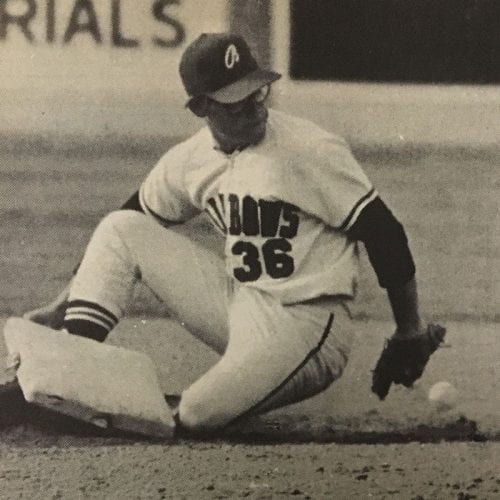
As the little road trip suggests, there’s plenty of buzz around America’s pastime out here, thanks to a little ingenuity and dedication from owners, coaches and general managers alike. This push is not out of nowhere, however; baseball in Oregon has always had a bit of a mystical feel to it.
About 130 miles East of Corvallis and on the other side of the Willamette National Forest lies the town of Bend, Oregon; a scenic little city with plenty of vistas and history out the wazoo, (including the last operating Blockbuster in existence!). While their sporting scene revolves around outdoor adventure sports like bouldering, kayaking, and mountain biking, they do have plenty of baseball in their blood; the Bend Elks of the aforementioned West Coast League call the town home, and they’ve had five minor league teams pass through over the past 50 years: the Rockies, Bucks, Phillies, Timber Hawks, and Rainbows.
That last team is of particular interest: while the Rainbows only played two seasons between 1970 and 1971, they made quite the splash in the Northwest League in 1971 when they won the first-half division crown, and signed Kurt Russell, then a 20-year-old former child actor who wanted to try to make the majors, to play second-base for the club. Despite their success and Hollywood cast of a roster – literally – the team experienced significant financial losses, and relocated the following year; Russell never saw MLB action.
Both stories have a happy ending, however. Russell became one of the world’s most successful actors, and the Rainbows then became the Tacoma Rainiers; one of Washington’s own baseball highlights. Straight out of a movie script.
Across the Borders
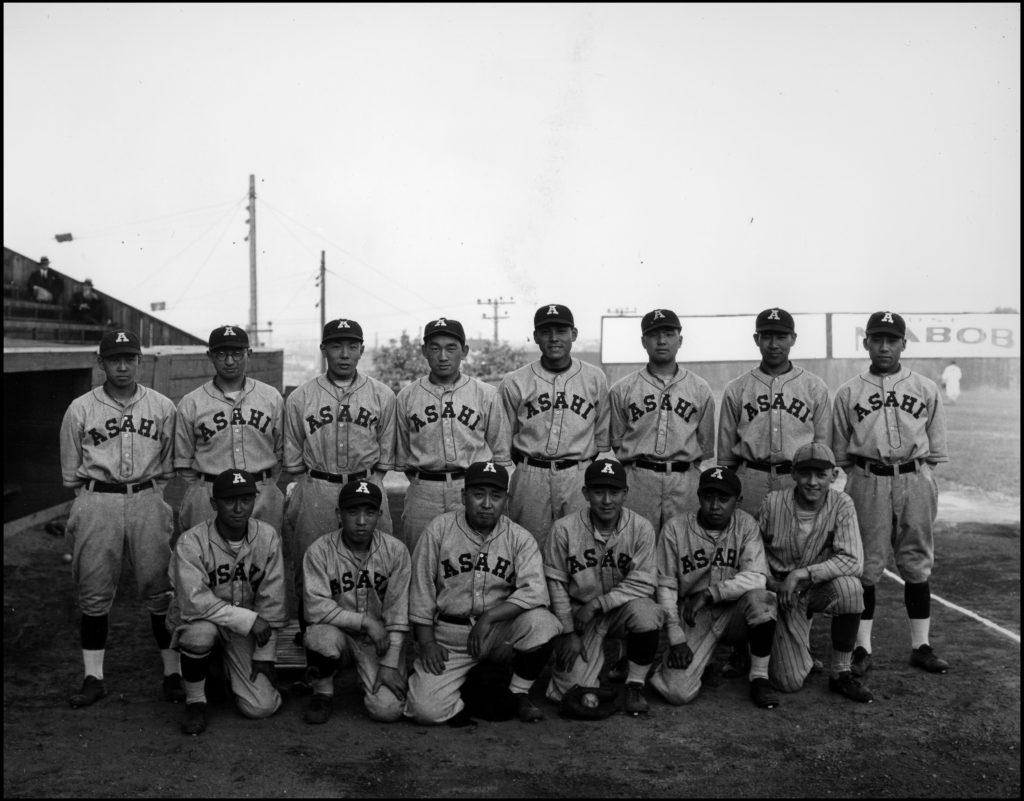
Our next story comes from just a bit North, across the Canadian border: Vancouver.
While baseball is America’s pastime, it still remains an international game, and no story best highlights these themes than the Asahi Baseball Club. Located in Vancouver, the team gave an opportunity to Japanese Canadians – many of whom had immigrated to the region to pursue economic opportunities – to experience a sense of local pride in their new homes. For the residents with Japanese heritage, baseball was not only a way to have a social outing and enjoy themselves amidst the difficult immigrant experience, but it also served as a positive tie to their communities in which they often experienced discrimination and racism.
Playing the sport with a raw aggression – bunting and stealing bases with a fiery intensity – the Asahi were one of the best amateur teams in the country, and served as inspiration to many local children, as they wanted to one day proudly wear the Asahi uniform. Businessman Matsujiro Miyasaki founded the team in 1914, with the name arriving from the Japanese translation of “morning sun.”
Maintaining several youth teams and later becoming the only Japanese Canadian team in the city, the Asahi quickly became one of the most dominant teams in the region, winning pennants in several leagues and attracting the attention of nikkei – second-generation Japanese Canadians – all over the region. They soon had imitators, as other Japanese Americans took up their name and played baseball themselves; the Seattle Asahi being a popular example.
Meanwhile, the Asahi toured Seattle and Tacoma and eventually combined some of their All-Stars to travel to Japan. They were so popular that in 1935, the team that would later become the Yomiuri Giants traveled to Vancouver to play them.
Unfortunately, the Asahi were frequently subject to intense racism from opposing teams and newspapers, being called offensive language and berated for their heritage. The team faced a premature end for similar reasons, as in 1941, Japanese Canadiens were declared enemies of the country due to Japan’s aggression in World War II, and were sent to internment camps for the duration of the war.
Because of their success in such a challenging time, the Asahi are well-remembered and respected, earning induction into the Canadian Baseball Hall of Fame in 2003 and being the subject of several books and films about their struggles.
Baseball under the Midnight Sun
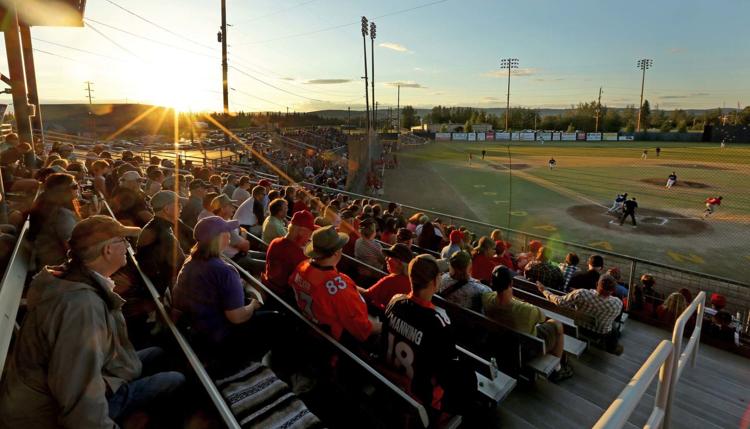
For this last part, we have to travel north… way north. Alaska may be the northern-most and coldest state in The Union, but somehow, baseball still found its way to the region, most prominently in the form of Alaska’s own collegiate league with five teams: the Anchorage Bucs, the Anchorage Glacier Pilots, the Chugiak-Eagle River Chinooks, the Mat-Su Miners, and the Peninsula Oilers. While the league may be quite the leap from the rest of the country, its alumni list features plenty of notable names: Dave Winfield, Barry Bonds, Aaron Boone, Mark McGwire, Tom Seaver, and reigning AL MVP Aaron Judge, just to name a few.
Perhaps it’s the allure of getting away from it all for one endless summer; Alaska experiences the motherload of sunshine from late May to late July, when Alaskans “enjoy” 70 straight days of daylight (the sun does briefly set, but only six degrees below the horizon, creating a perpetual twilight). While it can be disorienting at first, it leads to some pretty unique scenarios that can be played out on the baseball diamond. Case in point: the Midnight Sun game.
Played on the Summer Solstice – the longest day of the year – the Midnight Sun game is exactly what it sounds like: a game, played completely under natural light in the waning nighttime hours. The game was first played in 1906 – 30 years before the first MLB night game – and was conceived almost as a wild idea to brag to faraway friends about: “I played baseball at midnight… don’t believe me? Come to Alaska!”
The annual game is a highlight of the year for Fairbanks, and is accompanied by other solstice-themed events, including a 10-kilometer fun run, street festivals, and house parties rocking through the sun-kissed night. It’s quite the affair, and it’s not to be missed. The players – still in college, so no doubt used to odd hours – get the chance to enjoy a baseball night sky unlike any other, untouched by stadium lighting and drenched in a prolonged “golden hour.” Fans, meanwhile, blast songs on kazoos and ask the local players-turned-stars for photos and autographs, creating an energetic atmosphere of pure baseball love.
All this to say, while baseball historians may associate “Golden Age” baseball with the triple-team New York era, or the move to California, or even the modern-day global expansion, there is still plenty to be seen in small-town ball. The Pacific Northwest is perhaps the best encapsulation of America’s pastime. Its complicated geography of half-arid, half-forest, as well as the mountains in between holding secrets and stories of their own, serve as the backdrop for local legends, one-season powerhouses, underdogs, champions, and summers that seemed to never end.
Baseball, after all, is not always about the big lights and famous achievements; it’s about the mythos of it all, the stories you find sitting in the bleachers, and the moments that you can’t find anywhere else.
Go west, you baseball lover…then a bit north.
Editor’s note: if you’re interested in experiencing the American Pastime in the Pacific yourself, check out JapanBall’s Washington tour, with the option to experience the Midnight Sun game in Alaska! To learn more about Baseball in Washington, check out the first part of our Pacific Pastime series here!

